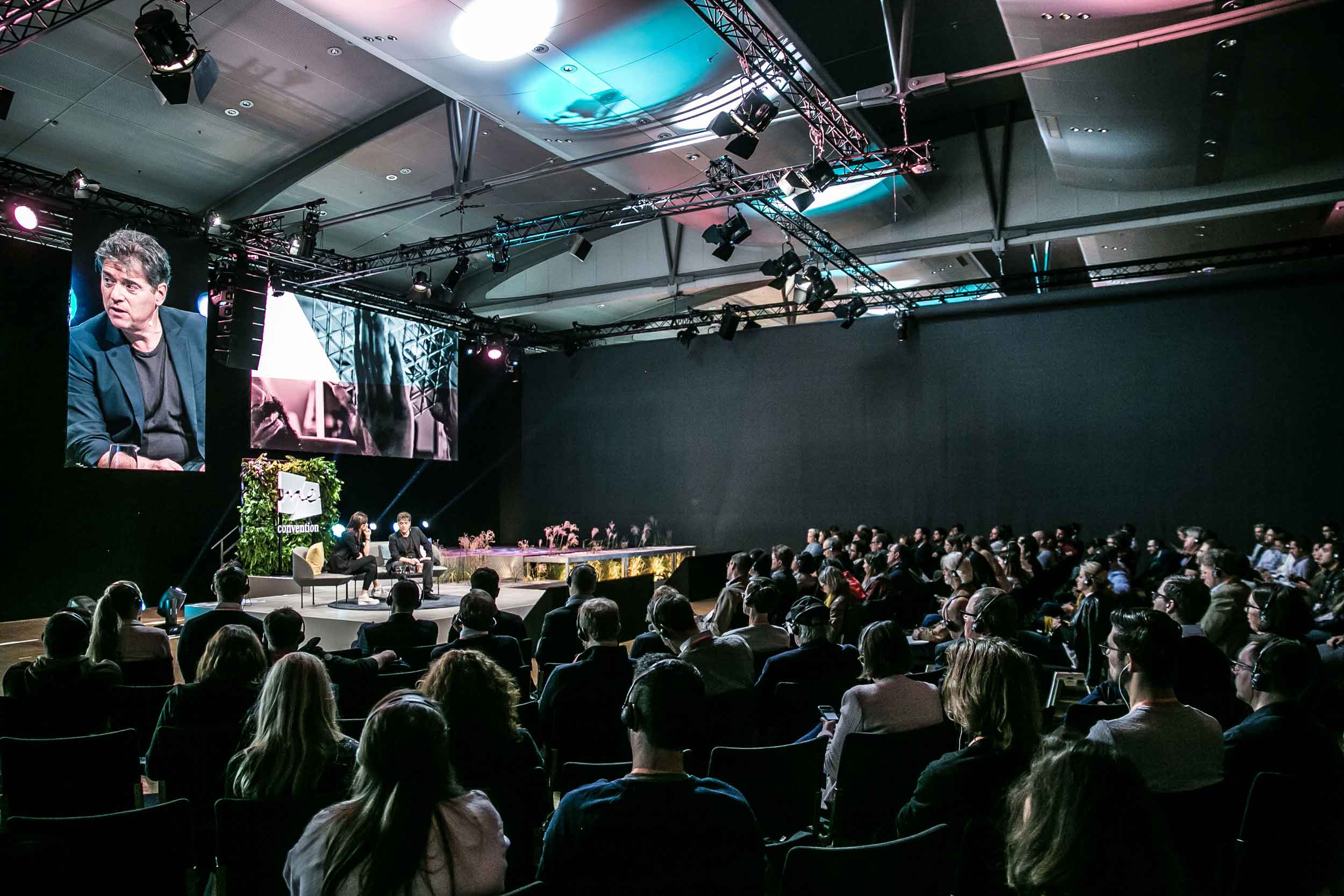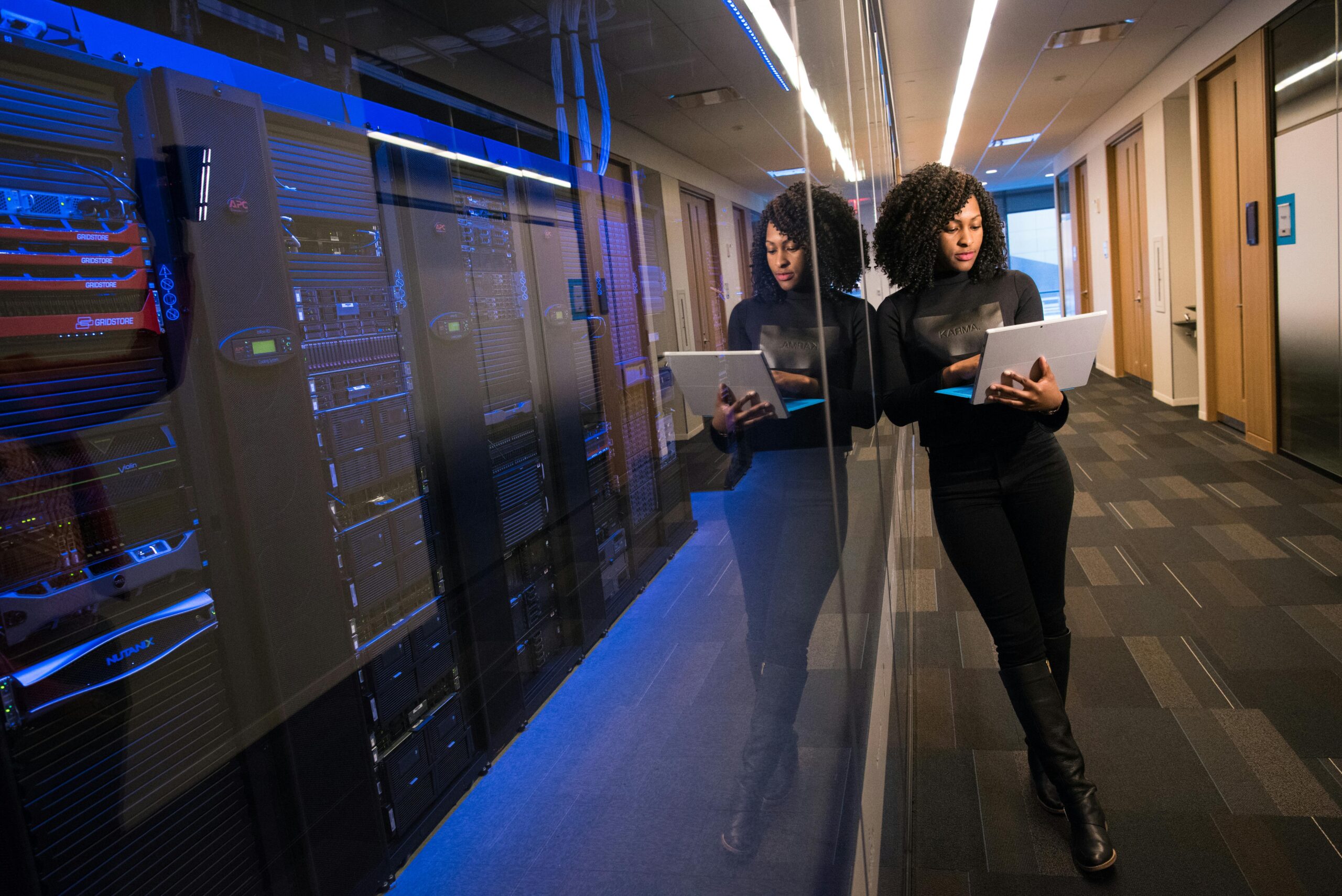The basic exhibition model has existed relatively unchanged for many, many years. While the technology and community development surrounding events has changed out of all recognition since the Bedouins parked their caravans alongside one another in the desert, the eternal model of supply and demand has not. The host announces a location where buyers can meet with sellers; the sellers pay the host, turn up early and arrange their products attractively in nice surroundings; whereupon buyers arrive to buy products or services, largely based on the sellers’ proposition and pitch to the marketplace.
However, there are those who have sought to alter the profile of trade shows and exhibitions, not in terms of specialisation of the industry, but in the approach we take to producing an event for any given market.
For example, it might not be entirely justified to say EasyFairs is – like European airline EasyJet – the low-cost carrier of the trade show world, but it is tempting to make the comparison. The minimal, cookie-cutter approach and low-cost, low-margin business model boosted by premium services for an extra price certainly bears a resemblance to low-cost carriers.
Fundamentally, the company removes the need for elaborate stand design, meaning a lower entry cost for exhibitors and a more level playing field. One booth is the same as another, only the company identification and the staff stood inside it are different.
As former EasyFairs CEO Jean-François Quentin explains, the model serves the consumer – in this case the exhibitor – with their basic needs. They need the audience and they want a platform to reach them:
“The customer focus is fundamental. I think the success of any big company in this sector has to be customer-centricity and I think we sometimes forget that.”
The shows EasyFairs looks for are exactly the kind other organisers might seek to offload. Big national shows wherein exhibitors have large stands come at great expense. Sometimes exhibitors just decide that the benefit is no longer worth the cost of competing. As the markets have slowed or declined, there is less need for these big, all-singing-all-dancing national shows, instead, demand for sales-focused trade shows on a smaller scale, such as those EasyFairs offers, has increased.”
EasyFairs found that particularly in the industrial sector other organisers and venues were happy to pass over such shows, enabling it to breathe new life into them with its uniform stand, low-cost model.
“And in the smaller countries Easyfairs’s formula has been well received, but to make it work in bigger countries it needed to develop regional rather than national shows, particularly in more specialist markets. Small countries have been a little easier to develop in because small countries have smaller companies and many agents, while distributors don’t have a big sales force,” says Quentin.
Market conditions clearly have a huge impact on the shape and format of an exhibition, and organisers are forced to change their events in order to meet the revised requirements of the people and companies the exhibition serves.
In the Netherlands in 2010, amid the contraction of the global auto sector, Amsterdam RAI was determined not to see its motor show go the way of others (such as the recently collapsed 2010 London International Motor Show). AutoRAI, held in April, typically attracted between 350,000 and 450,000 visitors to the largest consumer event in the country. The Netherlands has a population of 16.5 million people and no car manufacturers; the opportunity to gather the world’s carmakers under one roof once every two years had led to the creation of a national institution.
However, this time around the event organiser’s office started taking calls from manufacturers explaining that budget cuts meant that they would be unable to afford their stand for the 2010 event. The MD of RAI Exhibitions, Ids Boersma, realised that the car manufacturers were looking to pull out of the show, and sure enough BMW became the first to confirm it would not be participating. Other manufacturers began to follow suit and the future of AutoRAI fell into doubt. This was four months prior to the show. The floor plans were ready, the organiser had sent out all the material. Boersma decided it was time for direct and dramatic action: was it possible to do a low-cost participation event and if so, would it be worth it?
Car brands spent around €1m (US$1.13) on average to take a stand at AutoRAI (which was not even among the world’s leading motor shows). The least an exhibitor spent even then was half a million, with others spending as much as €3m for the nine days the show usually runs. Boersma agreed with the gathered manufacturers when they said this cost was simply too much: “We told them we could create an event for just nine per cent of the cost and the vast majority said they were interested.” At the moment he said that, he didn’t have a clue how to do it, only that he needed to conduct a client survey immediately.
“We sold no square metres to exhibitors any more, they were just allowed to bring their cars,” he explains. “Companies were not allowed to make their own stands; instead we created what the customer says ‘they wanted most’ – ‘worlds’, environments where they could put their cars, such as cabriolets, family and luxury cars. No more grandstands.”
The result was that more cars were featured than at any previous show – a lot more. Vehicle numbers rose to 550 from 370 in 2007. The show also incorporated a motorcycle event and lots of entertainment, delivered at newly built theatres and pavilions. Of course this entertainment, a core element of consumer exhibitions, came at a price. In fact, costs rose beyond the promised nine per cent, with exhibitors instead paying 20 per cent, but still, the average cost came down from €1m to €200,000.
Seventy per cent of the manufacturers turned up, and the show attracted 220,000 visitors. This figure, although lower than hoped, was not entirely unexpected. The number of visitors at a car show correlates directly to car sales, and car sales had plummeted in the preceding months (one major Dutch car importer actually went into bankruptcy as the show was being built). In addition, car firms normally generate a lot of publicity for the motor show through their own marketing; due to budget restrictions this was no longer the case.
However, despite the low turnout and reduced exhibitor range, the event defied expectations; the number of leads that the manufacturers took was equal to 2007, at just 20 per cent of the cost. When the dust settled, Boersma saw that the RAI had taken an exhibition on the verge of collapse and turned it into a successful show. He heard several explanations for the high number of leads. Fewer visitors meant fewer distractions, and there were more cars so more choice. But ultimately he believes that the absence of expensive, elaborate stands was key: “If you build a castle, people won’t step into it. This was an exhibition of low-key presentations, there were no thresholds so visitors could just walk into each set very easily.
“The MD of Porsche told me that when you build castles, people hide away. Here there was no escape for the sales people, no room for them to sit down, so they were dealing with visitors every day,” observes Boersma.
Of course the cost-cutting was not without its innocent victims. Exhibitors saved money on stand building, but in an effort to reduce costs further the organiser chose not to run the event across the Easter weekend. Easter is expensive for exhibitors because they have to pay the staff twice as much, but it also had an impact on visiting families. “We also skipped – and I think this was the worst mistake we made – the evenings. We stopped at 7pm where in the past we went on until 10pm,” says Boersma. “Ultimately it all had to do with downsizing the cost, this was our only gospel.”
So after all this did the show break even? No, but it came close and it kept it alive for another year. Boersma, however, had taken a tried and tested format and revised it in three months, making a saving of 80 per cent for exhibitors and delivering a show that generated as many leads as the full-strength 2007 exhibition.
“In the exhibition industry we are not used to transformation. A change in exhibitions is normally done gradually, because not all exhibitors have the same objectives. Only in a crisis do you do it all at once. I once met the chairman of an association and he told me ‘I know exactly what my members want.’ A thousand members, and yet he said to me ‘I know exactly what my members want.’ So I asked him, ‘What do they want?’
“‘They all want something different,’ he told me. This is what we have to deal with in the exhibitions business.”
It is, however, simplistic to say that such deviation from the norm can be progressive. At both EasyFairs and AutoRai, the organisers actually make their profit on the premium spenders. EasyFairs’ bolt-ons, like EasyJet’s early boarding or in-flight purchases, are where the company is able to please its stakeholders.
When Apple pulled out of the Macworld expo after the 2009 edition, the organiser, IDG World Expo, was left struggling to retain the event’s premier position as the most important live event for Apple enthusiasts. It subsequently announced plans for a new-look version of the exhibition based around the increasing intersection of Apple technology and creative arts.
Apple, meanwhile, went on to pull out of all third-party exhibitions including the E3 gaming expo. Its withdrawal from the Consumer Electronics Show (CES) in Las Vegas was followed in time by Microsoft, which took its cue from Apple and went on to launch its own event. The market for products was large enough that they felt they did not need to fight for the limelight with other exhibitors in the same arena.
It was seemingly quite common in the first decade of the 21st century to do so. Cisco is another company that launched its own event, which was attended by 17,000 people, a figure that dwarfed many other specialist exhibitions in the sector displaying a broad field of exhibitors.
And then of course there are those who believed that they could do away with the stands altogether. Former CEO of UBM, David Levin, worked at Cisco before entering the exhibition industry. Shortly after joining UBM, in 2005, his concern was what type and size of event would be vulnerable to digitisation.
“We had a big initiative that has run through this period. We made a decision not to run our own software – we found other people to do that for us – and trialled that extensively. A couple of things that came out of this. The best news was that to the core big shows, it was not a threat. But it provided great engagement with people before the show, allowing them to make the most of the show, improving ROI; just making it a facet of the show.”
Then there are the niches that work. UBM has an outplacement fair for military personnel being made redundant to meet potential employers. Levin claims this was a natural fit because British military personnel are scattered all over the world and the employers they want to meet are in the UK; the show was successful, with more than a hundred – virtual – booths occupied by paying exhibitors.
“A booth is an information point in the show, one that makes you feel like you’re in the show. You click and talk to someone in the booth,” he explains. Where Levin ventures into more contentious territory is when he claims visitors can attain an experience that is similar to that which they would have with a physical event. “The feeling, when people go to these, is the feeling of going to an event. It’s not wall-bound and it’s not time-bound. The event stays online for a month afterwards. It’s live and staffed, but if you come afterwards, it’s like coming to an exhibition centre when the lights are still on, but all the people are gone.”
Whether it’s a show for one company, a hall full of corporate marketing or devoid of it, or an event created entirely from pixels, there is an exhibition format for every visitor. In years to come there will be many more.
As Michela O’Connor Abrams, the founder of the Dwell on Design show in Los Angeles, says, quality design is no longer an option if events are to remain viable in the future. The design of an exhibition itself is a determining factor in the success of a show:
“Good event design promotes one-to-one connection, the be-all, end-all reason to exhibit or attend.”
With that in mind then, how do modern exhibition directors know when, and how, to change the design of their exhibitions? When is the right time to make the change and, in doing so, what risks are they running? Innovation in the exhibition industry is commonplace, but for any individual organiser to succeed they must ensure that their business is ready to evolve. Underlying the new exhibition design solutions we are seeing, is a wider need to innovate an industry that has existed fundamentally unchanged for years. And yet while neither the Internet, video-conferencing, social media nor apps look likely to bring about the end of the events business, advances in technology have transformed the business to such an extent that – for those who have managed to keep pace – it is unrecognisable compared to only 20 years ago. A parallel may duly be drawn with the fate of print media. The majority of those people who read this book probably won’t feel the paper of this page in their hands, such are the diminishing profits of the medium, but savvy publishers will continue to prosper.
According to JWC’s Anna Holzner and Eyal Knoll, an organiser should first consider each show in the portfolio and determine, for the next two or three cycles, where does the event naturally fit? “Tactics, processes, even team members may need to change,” they explain. “What made the show successful in the past is not necessarily what will sustain it well into the future.
“Management needs to set clear internal thresholds (such as decline in visitor/exhibitor ratio, customer satisfaction trends, renewal rates, year-on-year key account retention, etc.) which provide a realistic view of a show’s health.” The focus, they observe, should be on determining the directional changes to be implemented. A particular show might be a good candidate for diversification, or “splitting into specialist, niche events or formats with a different, more specified focus.”
Because let’s not forget, focus is an incredibly powerful thing. Place a 100-watt bulb in a large hall and allow the rays of light to radiate and you’ll struggle to illuminate a thing. Place those same rays in parallel and you can burn a hole through steel. The power of focus is clear; apply this same logic to illuminating a market, or an industry, and you’ll see the far more effective proposition that a specialised trade fair or other such event can be.
Some organisers achieve this focus through acquisition. However, M&A activity is highly visible to the markets it affects, most notably to the competition that a company is seeking to outmanoeuvre.
Clearly, the innovation challenge is to successfully create (or at least be part of) a new show or one that covers new or nascent markets. But sometimes the shift away from the traditional exhibitions that we know is so fast and radical that capabilities and expertise in the new and emerging field must be developed very quickly or even hired.
David Worlock goes so far as to say that people attending our events may soon do so in a capacity of their choosing, represented online by ‘avatars’, virtual instances of themselves, conceived in accordance with their corporate mission or personal preference. Already when we Tweet, for example, we do so from behind one of many masks we create for ourselves; as ‘marketing manager for Company X’, ‘humorous industry observer’ or as ‘target-focused sales account manager’.
“People will appear as they wish themselves to be, and our interaction with others will become a part of the record,” says Worlock. Perhaps there’s sense in this, but most of my friends would prefer not to buy from the man in the digital mask.






